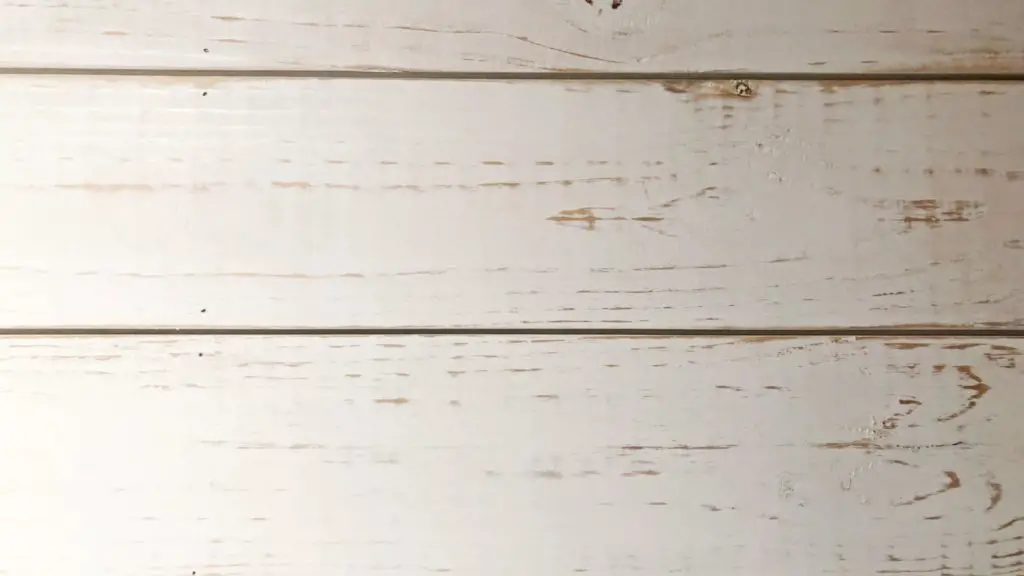White wash paint, a total change.
The function of white wash paint and how with white wash paint you can give your furniture or floors a totally new facelift so that your furniture or floors look new again.

White wash paints have actually been around for a long time.
Not the name, but the method!
The function of white wash is to give your furniture or floors a different look, the so-called bleaching effect.
This also happened in the past, but then people still worked with lime.
Often the walls were coated with lime not for effect but to keep the bacteria away.
Often there was a lot of lime left over and they painted it on furniture.
White wash paint is actually imitating this with its own technique.
white wash paint
White wash with different results.
White wax paint is a completely different paint than others.
The difference lies in the fact that this is a paint that is semi-transparent.
If you paint a layer with this, you will always see the structure and knots afterwards.
Because wood is light and dark, you will always see different results.
If you have a lot of knots in your furniture and you don’t always want to see them, you will have to choose a white wash paint with chalk paint in it.
This gives a more opaque finish. Read about buying chalk paint here
How to act for a nice result.
You should always degrease well first.
Do this with a B-clean if the wood has already been coated with wax or lacquer.
If it concerns new wood, it is better to degrease the surface with thinner.
After this you will sand off the layers of lacquer or the wax with sandpaper grit P120.
Then remove the dust completely and wipe it with a wet cloth or tack cloth.
Then you will apply the first layer with a wide brush.
Apply it in such a way that you iron with the grain of the wood.
Then sand lightly again with sandpaper grit P240 and make it dust-free again.
Finally, apply a second coat and your object is ready.
Of course, in some cases 1 layer is also sufficient, this depends on your personal choice.
When treating bare wood, you must apply at least 3 layers.
I have another tip for you: If you want to protect the painted furniture even better, you can add a polish!
With white wash paint, it is always your personal preference that determines your final result.
I would like to know from Julie who has a lot of experience with this.
Let me know by leaving a comment.
BVD.
Piet
I'm Joost Nusselder, the founder of Tools Doctor, content marketer, and dad. I love trying out new equipment, and together with my team I've been creating in-depth blog articles since 2016 to help loyal readers with tools & crafting tips.
